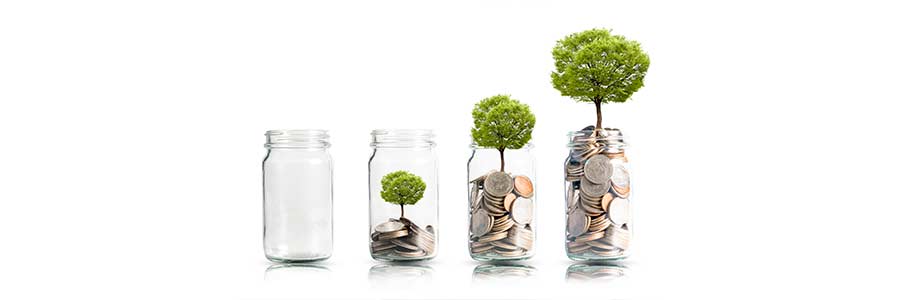
Whether you operate a Limited Company or work as a sole trader, you have to manage your turnover so you understand when to become VAT registered. The current threshold for registering for VAT is £85,000, so if your earnings pass this threshold in any 12-month period then you will have to be required to register.
However, with that in mind, you might have found that there are different types of VAT known as standard VAT and flat rate but what is the difference between them?
VAT – How It Works
As mentioned, if your business qualifies for VAT then it has a turnover of more than £85,000. Whether you are a freelancer, sole trader or a business owner, you have to register for VAT and add VAT to the price of any services or goods that you offer. As a result, you will then be expected to complete a VAT return every quarter which has to be submitted to HMRC.
Standard VAT Rates
If you have to charge a standard VAT rate then when it comes to completing your return, you will have to calculate how much VAT is owed to HMRC minus the VAT that you can claim as business expenses. As a result, your return will indicate the amount that you owe or the amount that can be claimed back from HMRC.
In the UK, the majority of goods will have a standard VAT rate of 20% added although there are some items that have a reduced VAT rate of 5% added to them such as home energy items.
The Flat Rate Scheme
VAT returns can prove complicated, especially for those small businesses that don’t pay out a lot of VAT. In addition to this, it can also help small businesses to profit and so, those businesses that have a turnover of less than £150,000 can be eligible for the Flat Rate scheme.
What this means is that these businesses will then pay a fixed flat rate to HMRC although it is not possible to reclaim VAT on any purchases made. While this might not seem right, the flat rate is less than the standard rate of VAT. As a result, it means that businesses can keep the difference between the 20% that they charge customers and the flat rate fee that they pay to HMRC. One thing to remember is that the flat rate will depend on the type of business you own.
The flat rate scheme can help to simplify the relationship that businesses have with HMRC. It makes the process of claiming VAT and paying VAT for those businesses more efficient and it removes a lot of the complexities that come with completing a VAT return. For those businesses that are focusing on managing their overheads and cash flow, the flat rate VAT scheme might not be suitable and could prevent businesses from growing. Therefore, it makes perfect sense to obtain professional advice and guidance to help you make the right decision when it comes to VAT.

